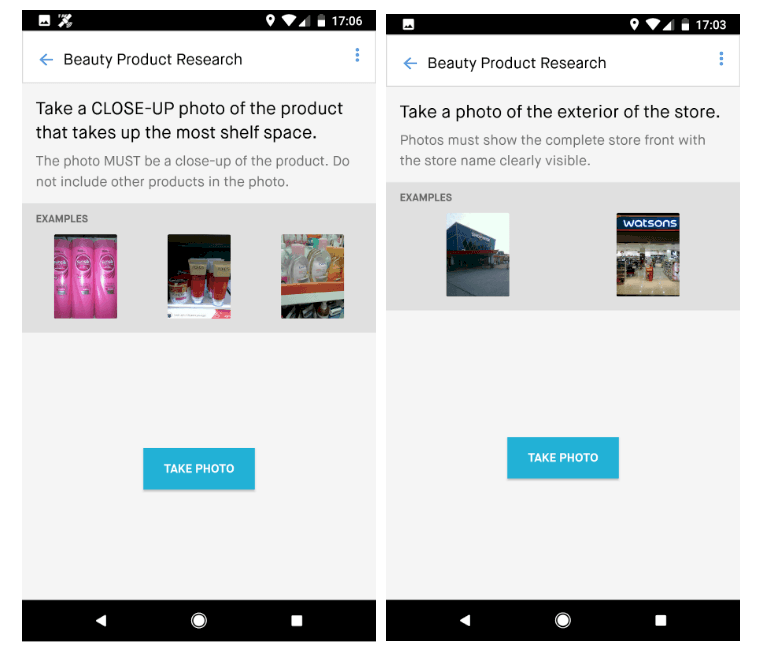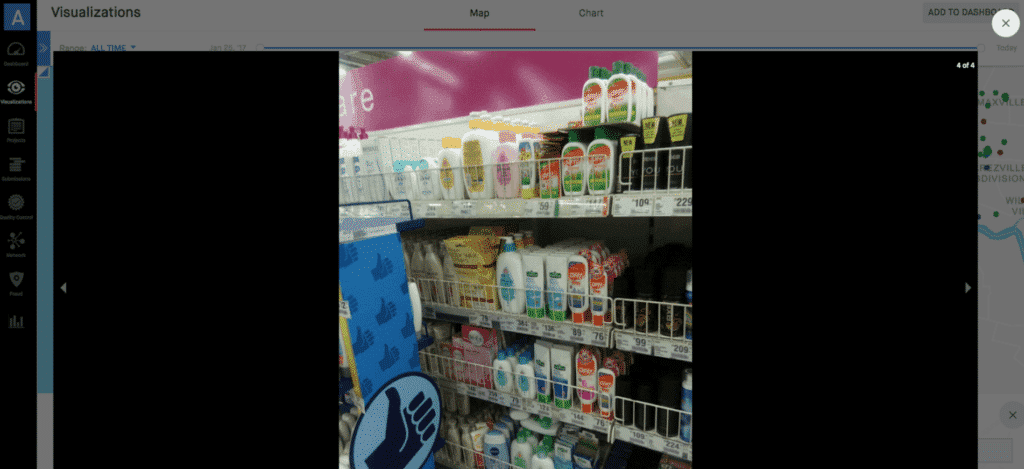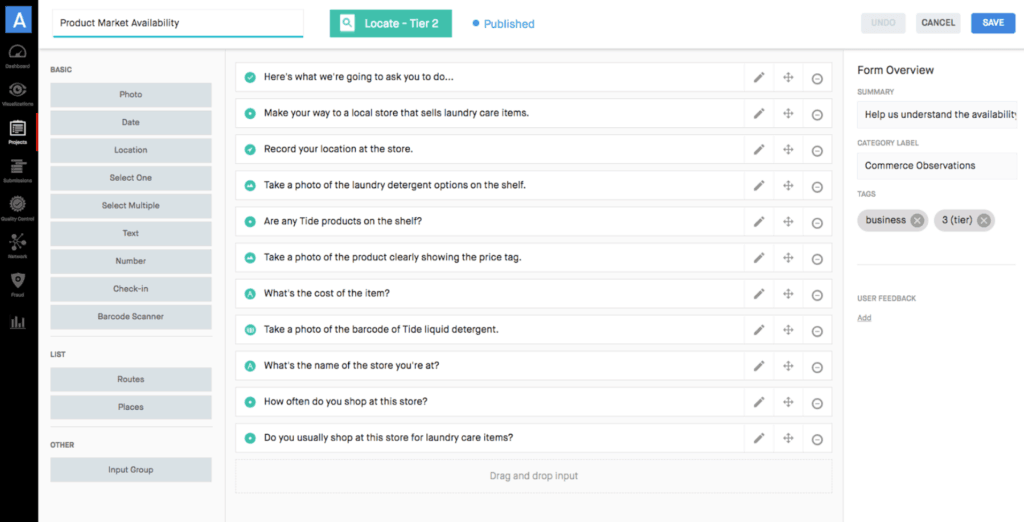This is the final post in our four-part series covering tips and tricks for conducting a retail audit for your business.
Global shifts are forcing retailers to be more data-centric, but collecting the right data can difficult, especially in-stores. For brands, collecting information about their products in retailers can provide critical insight, but often times there are information gaps from when a product is produced to when it is purchased.
According to the Wall Street Journal, “More than three-quarters of respondents to a survey released [in January 2019] by supply-chain software maker JDA Software Group Inc. said they aren’t able to track inventory in real time, and 55% don’t have a single view of product levels across distribution channels.”
A retail audit is one of the best ways to fill in your information gaps and understand your goods in a market. Retail audits collect information for suppliers about the health of a brand’s products at targeted retail outlets. The bulk of the data collected for retail audits is generally collected in in-store because there is a multitude of data points that can be gathered to help better inform your business.
It’s estimated that almost one trillion dollars in sales is being left on the table because shoppers simply aren’t able to find what they’re looking for in-stores. This is extremely troubling in an age where shoppers are increasingly turning to e-commerce to buy staple goods. Brands can help combat this problem through knowledge of in-store operations.
For most brands, there is a lack of reliable and comprehensive in-store data, this holds true in global markets. In-store data is broken down into data about product condition and about promotion compliance.
Product condition can help you understand where your product is located, stock level on the shelf, shelf tag presence, any product damage and planogram compliance. With millions of dollars of potential sales at stake, you want to ensure optimal conditions for your product(s).

Examples of retail audit tasks
When performing retail audits you may want to gather information about promotion compliance such as promoted price, product promotions, promotional material and promotional references. It’s often harder for brands to supply smaller retailers with promotional material, but understanding visual merchandising in stores is often critical for brand managers and marketing professionals.

Photo from a Premise task showing product facings in a store
Not only is it important to understand your product but it is also crucial to understand your competitors, especially when your products are sold at the same location. During a retail audit, you should collect information about which stores carry competitors products, the types of stores, information in-stores such as planograms, promotions or slotting. Having a better understanding of competitor products in comparison to your own can help you develop more tailored marketing and sales strategies.
Not only is it important to collect more quantitative information during a retail audit like GPS location, SKU data or inventory numbers it is also very important to collect qualitative data. Sentiment data can be very helpful in helping you understand some of the ‘why’ behind consumer choices. Ask questions of the person completing the retail audit about their thoughts on the location and the product. Why do or don’t they shop at this store? Do they like the product? Have they purchased or used this product previously?

Crowdsourcing retail audit data through a solution like Premise, allows you to embed sentiment questions with more objective tasks so that you can gain a more granular view of your data. Our global network of Contributors are local citizens and thus are able to help inform a representative perspective of a targeted area.
To learn more about how Premise can help you crowdsource retail audit data, or to learn about our other solutions contact [email protected].